
It's a riot in India's burgeoning smartphone market. Chinese smartphone brands have turned it on its head forever. A recent IDC study revealed the top 5 Indian cities make up approximately 60% of the online smartphone sales. Samsung came at the top in leading 30 Indian cities. More 'value for money' brands like Micromax, Lenovo and Motorola followed.
While the numbers suggest the chaos is limited to the metros and tier I cities, tier II and III cities are expected to play a major role in the near future. At a time when the smartphone market is growing 18% YoY and constitutes 40% of the 250 million units shipped to India, the dusty road is where the market lies.
Business Insider sat down with the India Heads of two big bad boys in this war - Coolpad and LeEco to understand where this battle's headed, and if there will ever be peace.
What's Changed - EverythingThe Chinese influx started way bac k in 2015. They saw an opportunity in the affordable smartphone market. Cut to 2016, that's gone for good. Now, they're up against home-grown brands like Micromax and Lava. Basically what Micromax did to Nokia years ago? Marketing brands like Xiaomi have locked horns with the likes of Lenovo and Motorola. The former doesn't even have a brand ambassador in India!
Newer Chinese brands like Oppo and LeEco are kicking serious ass too. They're bringing in the money power of their rich Chinese dads, but considering ROI on investment, it's very difficult to sustain their current models due to stiff competition.
Remember, back in the days e-commerce players were offering subsidies to host online sales. After 2016, only the manufacturer will have advantage as the Flipkarts, Snapdeals and Amazons of India will not offer too much in discounts, and this will reduce cost-efficiency in business models.
There are two options now - go offline with huge marketing investment, or sta y online with a cost-effective model.
"There will be challenges in manufacturing and marketing", Syed Tajuddin, Coolpad India Head accepts.
By the end of 2016, most marketing brands will find it difficult to sustain. They'll burn most of their liquidity. That's where direct manufacturers come into the picture with long term goals. They will have extreme control on their supply-chains.
Online Vs. Offline GameAs the numbers suggest, Indian metros and Tier I cities already have mass online penetration. Till now, most Chinese brands weren't even interested to look beyond, but are now being forced to because of the tax complications state governments have set up. Entering the offline market also means being cowed down by heavy investment for retailers and distributors.
"Offline will remain and prosper. The only thing that might happen is that the offline sales in Metros might slip a bit into online", Syed agrees.
Offline brands like Samsung, Lenovo and Micro max that still have a huge portion of the offline market, need to check inflation. You ask why?
Because brands like Oppo have brought some of their Chinese distributors to India. These brands will give a tough time standing up to Indian brands, and it's only a matter of time before Samsung feels some heat in its collar too.
Rather than investing and promoting on the marketing front, brands like Micromax have to focus on improving their product's value proposition. If you've noticed, Micromax hasn't spent a fortune on advertising since the Sliver 5.
Believe it or not, LeEco and Oppo are going into Tier II and Tier III cities, and holding small marketing campaigns there. Earlier the distributor drove sales, now it's the brand. Indian brands are not able to cope up here.
"Just an online strategy will only help reach a certain consumer-base. We're planning t have our own stores and offline distribution very soon. Half of our business in Feb came from the non-metr os and non-Tier I cities", Atul tells me.
To reduce, or not to reduce - Price, that's the question!In a day and age where the average life of a smartphone is down to less than a year in India, is there any chance of the price war cooling down anytime soon?
"Around 30% customers, basically the young crowd will continue to focus on hardware vs. price. The high-end market will have an eye for aesthetics, and would prefer to have a look and feel", Syed says.
"You have to be present offline to ensure you get the bigger consumer-base. We'll launch into offline in the next 3-4 months", Atul Jain, India Head, LeEco says.
If the hardware craze is limited to tier I and metros, does it matter if a phone is priced at Rs. 10k, Rs. 9,999 or Rs. 9,990?
"It doesn't matter. Price is just one component. The consumer decision is based on at least 6 factors like design, availability, battery and price. Consumers could be sensitive to pricing, and as manufacturers we've to take that into account", Atul says.
Do Flash Sales Work?
Both Coolpad and LeEco agree flash sales can be used as a tool to drive initial volume. Brands with constraint in delivery in the first phase chose that model. By the time they catch up in terms of numbers, they open it for all. That was typically in a month or two.
However, Indians are now wary of waiting. They have options. Micromax's Yu brand previously did flash sales for over 3-4 months. Now their flash sales don't last that long.
Basically, two quarters on, there will be lesser flash sales.
Increasing Market ShareSo how do you increase market share in a market overcrowded with fiery competition that's baying for your blood?
For one, the era of marketing is over. You have to significantly control costs. Supply chain will become the foremost focus, R&D comes second. Ones you have R&D, you can experiment, and the supply chain will help reduce cost.
"We're setting up a global R&D centre in Bangalore that'll work on software and screen technologies", LeEco India Head says.
In case you don't live under a rock you must have noticed there are two segments for every 'new' smartphone brand, a regular model, with exceptional value proposition, and a flagship segment with high-end specs.
"We're coming up with a flagship soon. However, we're very skeptical about marketing. Marketing gimmicks never work", Syed says.
Offline PricesPrice and specs have been the biggest weapons for newer brands launching in India. The notion is that when you set up an offline distribution network, prices go up. That's what happened with Samsung, and other brands too. However, if the prices are higher offline, it's not fair to the consumer.
"The distribution cost is what gets added when a product goes offline. That's built into the overall costing", Atul winks.
Differentiation:So how do you create differentiation? It continues to be quality at afford able price. Atul let me in on a secret. They're actually at a loss on a per device basis.
"We're an ecosystem company unlike Samsung, Apple or Oppo, and can sell the Le 1S at Rs. 10,999 even when the industry pegs the cost of production at Rs. 16k. We can ensure that pricing because of our large volume in China and India, and don't believe in making profits from hardware", Atul says.
LeEco is perfectly fine with the loss.
"For us phones are just screen, we have a 650 CDN networks of which 10 are in India. Nobody has that. It helps deliver content", Atul says.
The plan is LeEco will churn content to earn that money back. Atul say that way the company can also monetize second hand phones. To conclude, they think they'll win because they make it, and don't just market it.
"That's the difference between us and marketing brands. We've been manufacturing in China for the last 24 years", Syed boasts.
Image credit: Indiatimes
Source:
The Future of India's Smartphone Price War: LeEco and Coolpad let us in on their trade secrets
 (Samsung) Tweet Share Share on Facebook Tweet Share Pin Share
(Samsung) Tweet Share Share on Facebook Tweet Share Pin Share  Microsoft announced the Microsoft Lumia 650 last month. The company has launched the smartphone in China for 1699 Yuan(Rs. 17,500). The smartphone can now be pre-ordered in the country.
Microsoft announced the Microsoft Lumia 650 last month. The company has launched the smartphone in China for 1699 Yuan(Rs. 17,500). The smartphone can now be pre-ordered in the country.

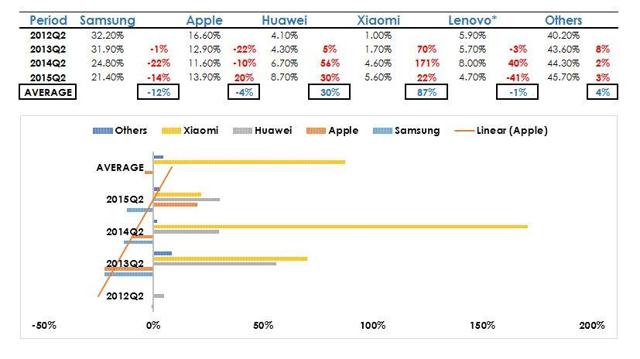 Click to enlargeOn the other hand, average market share growth rate for Huawei and Xiaomi between Q2 2012 and Q2 2015 is 30% and 87%, respectively.
Click to enlargeOn the other hand, average market share growth rate for Huawei and Xiaomi between Q2 2012 and Q2 2015 is 30% and 87%, respectively.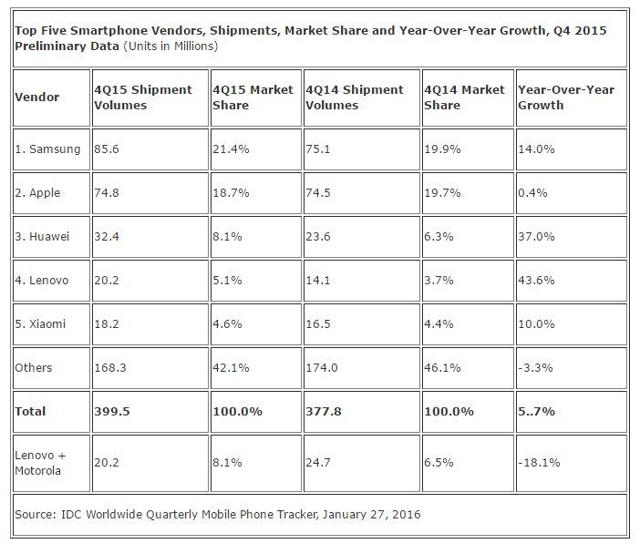 Click to enlarge
Click to enlarge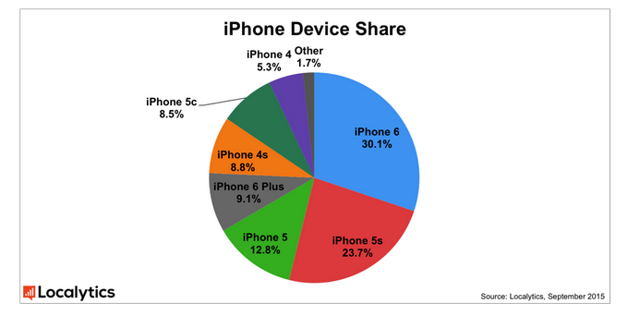 Click to enlarge
Click to enlarge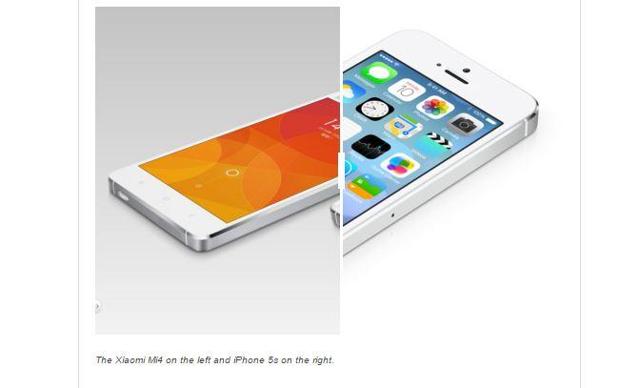 Click to enlarge
Click to enlarge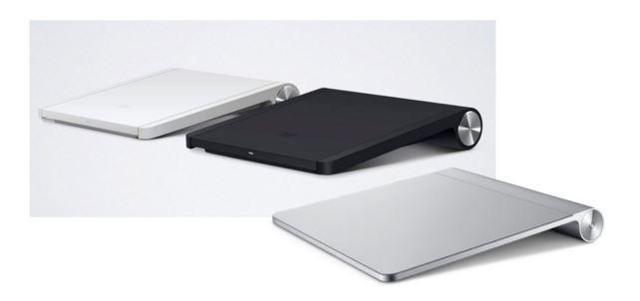 Click to enlarge
Click to enlarge Click to enlarge
Click to enlarge









